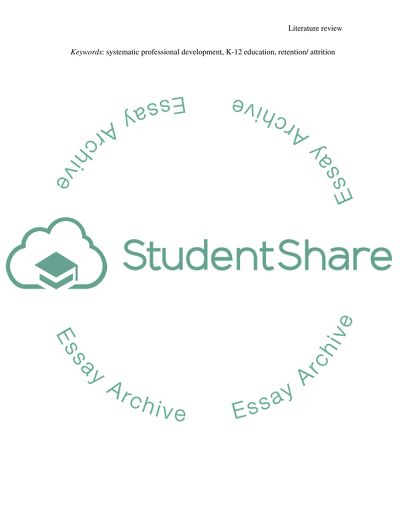Cite this document
(“Systemic Professional Development and its Effect on Novice Teacher Dissertation”, n.d.)
Retrieved from https://studentshare.org/education/1429778-systemic-professional-development-and-its-effect
Retrieved from https://studentshare.org/education/1429778-systemic-professional-development-and-its-effect
(Systemic Professional Development and Its Effect on Novice Teacher Dissertation)
https://studentshare.org/education/1429778-systemic-professional-development-and-its-effect.
https://studentshare.org/education/1429778-systemic-professional-development-and-its-effect.
“Systemic Professional Development and Its Effect on Novice Teacher Dissertation”, n.d. https://studentshare.org/education/1429778-systemic-professional-development-and-its-effect.


